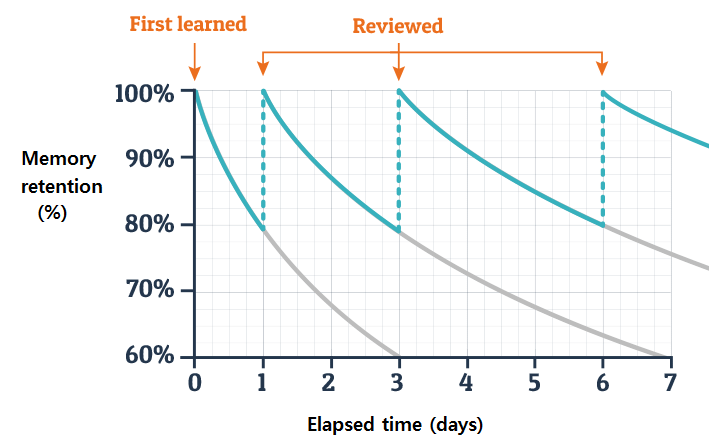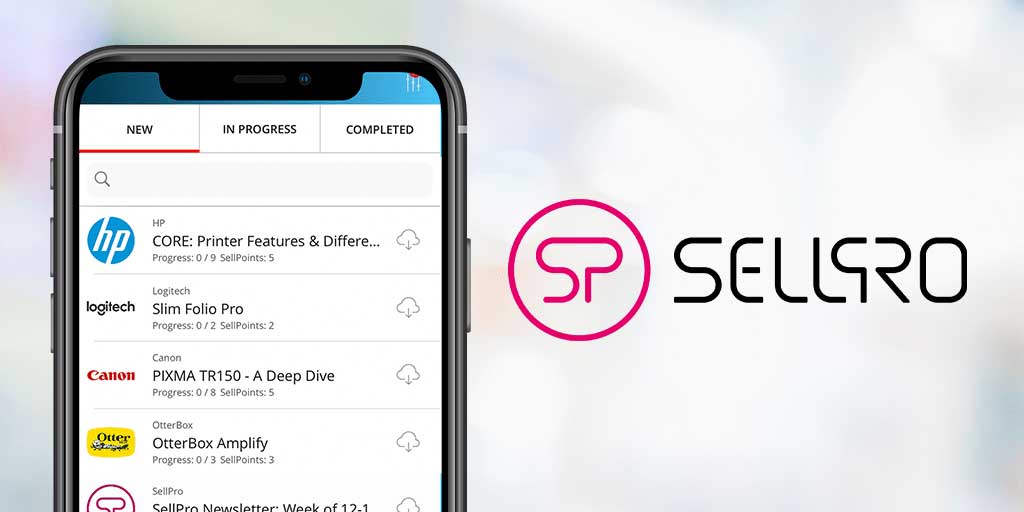When it comes to training retail employees, the name of the game is length, frequency, repetition and timing. These learning principles apply across organizations on any LMS platform, and they have stood the test of time for over 100 years. They also fit with the short attention span of our society today.
Microlearning: A little at a time goes a long way.
We’ve all been there. Whether you were starting a new job, completing annual training, or participating in some type of ongoing training program, you’ve likely been tasked with a long training class.
But what if your 8-hour training day was spread out over the course of 8 weeks? According to a study from the Journal of Applied Psychology spending a few minutes a day versus macrolearning makes learning 17% more efficient. Not only would you statistically remember more, but you wouldn’t dread doing it as much, especially if it’s on your mobile phone while you’re standing around. Besides gaining efficiency by using idle sales floor time for training, these short-form training sessions match the goldfish length attention span we all have today.
Training Content Length
The best practice is to keep lessons to one or two learning objectives, and 5-7 minute time frame. Keeping training short means you can train more often. The actual creation of one or two learning objectives for 5 minutes or so is much easier than putting together a course that takes hours or days.
Most modern retail training platforms have a variety of allowable content types, and using that variety will keep your users engaged and make it easier for your trainers to produce. In fact, the more the training is like the social media today’s mobile workforce consumes, the better. Consider some of the following choices:
- Videos - Even your brand’s ads can be training!
- Games - Create a simple word search, “which product are you like” quiz, or other easy to create game. Recent research shows significantly more engagement if a user gets to play games first!
- Product information - installation instructions and videos, tips from the product managers, or “behind the scenes” are always popular with retail employees
Timing is everything
When it comes to employee training, timing is everything. You don't want to train on something you'll need three months from now today. Make the training relevant, and frequent. Knowing that there are regular development opportunities is one of the signs of employee engagement. In fact "more training" is almost always in the top of employee engagement survey requests.
Repeat, repeat, repeat
German researcher and psychologist Hermann Ebbinghaus first proposed the concept of Spaced Learning in the late 1800s after a series of carefully recorded self-studies. His work on memory and the learning curve (and memorably the forgetting curve) has been one of the dominant theories in learning for most of modern history.
The studies prove that practicing the same content over and over again results in dramatically different retention rates. The reverse is also true, humans begin FORGETTING information almost immediately, and will lose it if the content is not repeated regularly.

Photo Credit: https://www.researchgate.net/profile/Bo_Ae_Chun
Our best practices
We advise all of our clients to launch content frequently, one course at a time. If you have five new training courses on a particular product, we’d recommend launching one new course each day until all five are live.
Why? Because of the theories above, instead of a sales associate taking all five courses at once, and then instantly forgetting 50% of what they read within an hour, they now get memory-modifying reinforcement day-over-day for a week, spending five minutes or less on the product training each day.
Each subsequent course reinforces key messaging from the day before, and when it’s all said and done, the retention rate is 3x higher than it would have been if they simply took all five courses on the first day.
To take it a step further, we also advise clients to enable SellPro’s “recertify” feature, which will ping your store personnel to keep their knowledge up by repeating quizzes 30, 60, or 90 days later.
Bottom line: Small doses + frequent cadence = engaged retention. Releasing training content in small doses over an extended period of time makes learners more inclined to engage and eventually consume the entirety of your message, rather than halfway engaging in bits in pieces in one sitting. If you are interested in learning more about how you can “hors d'oeuvre” your way into the hearts and minds of retail sales associates, give us a call or drop us a line—we’d love to share our tips to increase retail sales with you.

.png)

